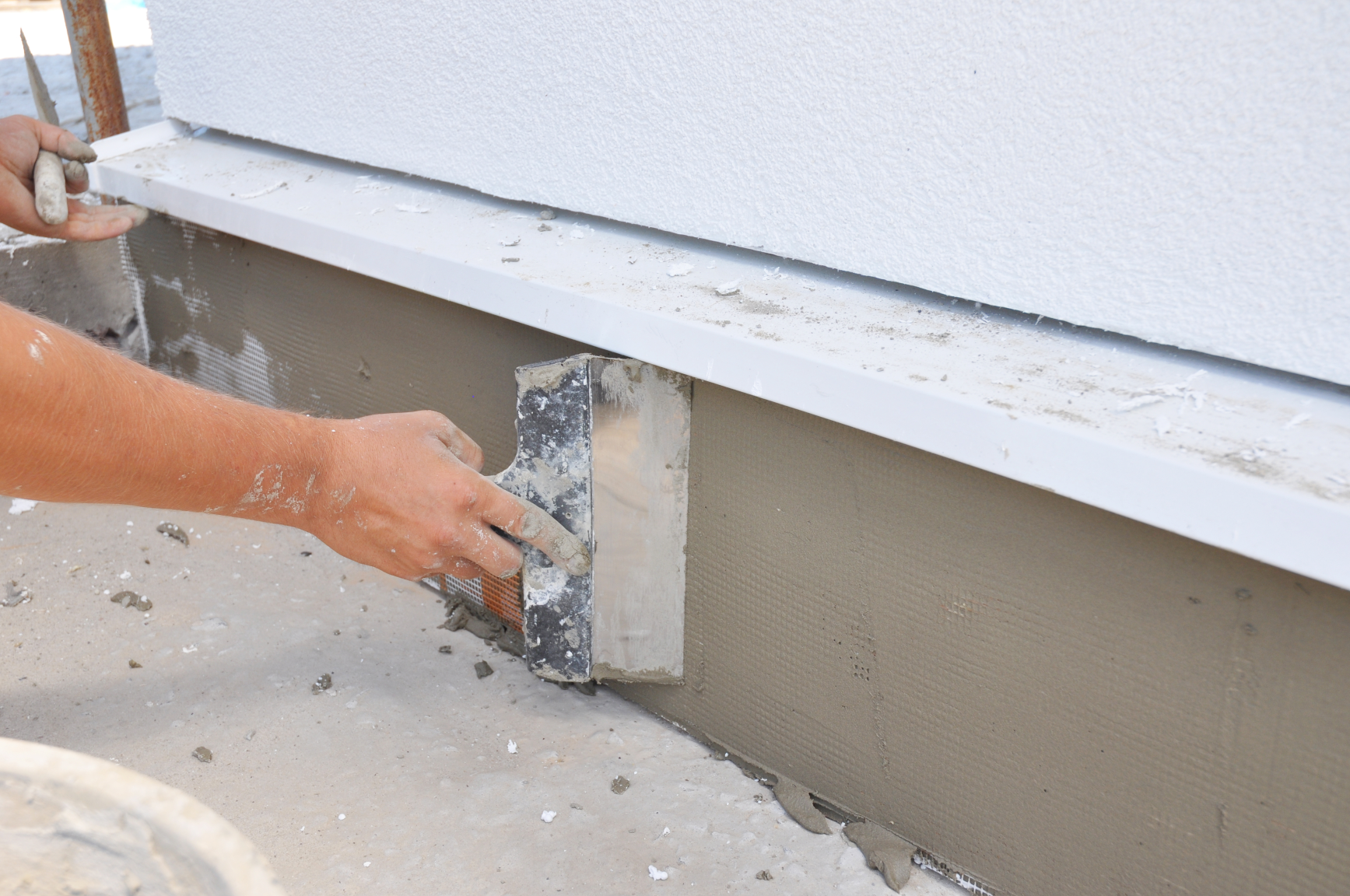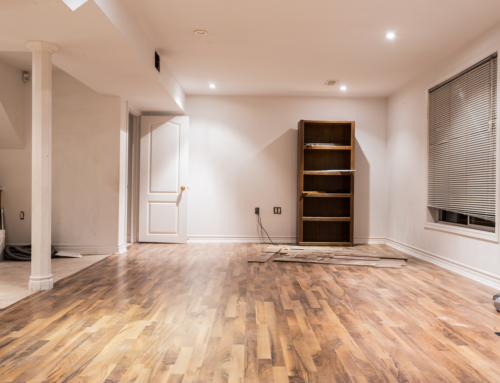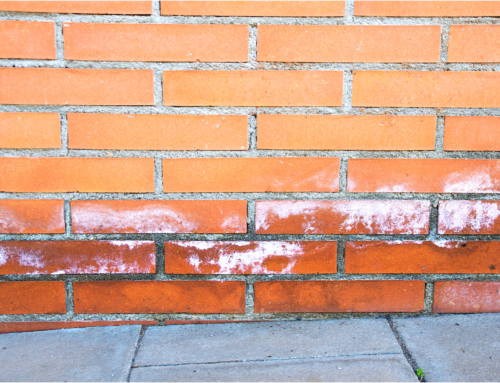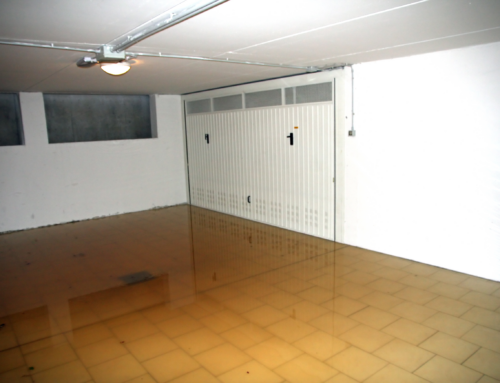Your foundation is essential to your home’s structural integrity, so when there’s an issue it’s imperative that you have your foundation repaired as soon as possible. This involves fixing issues with the foundation and other supporting elements of a home, such as interior walls, floor joists, and beams.
Inside/Outside Repairs
Inside repairs involve support beams that help your home resist bowing, cracking, and other problems associated with movement. Outdoors, steel rods can be drilled into the ground with heavy-duty hydraulics to restore your home’s stability and combat the issue in the most effective manner. With this method, you’ll get long-term results that will stand strong for years to come.
Interior Wall Stabilization
Carbon fiber is the most commonly used method for interior wall stabilization. First, an expert measures out the correct spots on the wall for the supports and then smooths down the surface. Then, a binding agent like epoxy is applied and the carbon fiber embedded. A steel angle iron locks them into place. The epoxy forms a smooth surface that you can paint over if you desire.
Steel is also commonly used, however, instead of applying epoxy and embedding carbon fiber strips into place, steel I-beams are secured onto each side of the foundation walls using anchors that drill deep into concrete or mortar joints. These I-beams are designed to provide additional support without compromising the structural integrity or stability of your basement walls.
Both methods are effective at providing maximum reinforcement for basement walls; however, they come with their own pros and cons that should be considered when selecting one over another.
Major Foundation Repair
If you’re dealing with a settling, tilting, or rotating foundation, major foundation repair may be needed. This is a complicated process, but when done correctly it can help restore the stability of your home’s foundation. Let’s take a look at how this type of repair works and why it’s important for keeping your home in good condition.
The first step of major foundation repair is identifying the areas where supports will need to be inserted. A crew will use equipment like electronic probes to identify any weak spots in your footing. Once they have identified these areas, they’ll mark them off on a map and start digging deep holes around your foundation in order to access your footing.
After the holes are dug, steel piping will be drilled into the footing and affixed with brackets. The piping will go far down past the footing, deep into the ground until it reaches a layer stable enough to support your home.
Once all of the steel support pipes are in place, then comes the most dramatic part of this process: lifting your entire home back up! Hydraulic machinery is used to move your entire home—foundation and all—back up into its original position. When the home is exactly where it needs to be, they will secure its position by firmly bolting the pipes to brackets.
Signs You Need Foundation Repair
It’s not always easy to tell when your home needs foundation repairs, but there are some telltale signs that indicate trouble. These could include uneven floors or sloping in certain areas; visible cracks in walls or flooring; doors and windows that don’t open properly; separation between walls or ceilings; and water pooling near your house after rainfall. If you notice any of these issues in your home, it is best to seek professional help immediately so that any potential damage can be addressed before it worsens.







Leave A Comment